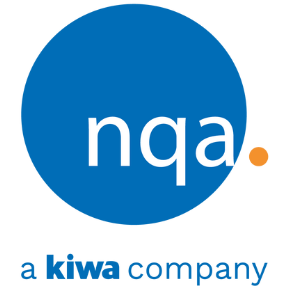What are EPDs?
EPDs take the form of a standardised, third-party verified document. The process for generating an EPD follows ISO 14025, environmental labels and declarations. Once produced, they can be provided to existing and potential customers, can be made available via a public database, and are usually valid for five years.
EPDs fall under Type III Environmental Declarations according to ISO 14025 and are based on BS EN 15804 (for construction products) and BS EN 50693 (for electronic and electrical products and systems). Before an EPD is published, it is verified by an independent third party to ensure its quality and credibility.
As an EPD includes information on CO2e emissions in the form of global warming potential, they can also be used as a carbon footprint for your products. In the construction sector, EPDs fulfil critical requirements and are essential for calculating the life cycle assessment of buildings.
If you need a compliant EPD of the highest quality for your construction or electronic products, then NQA can help. In partnership with our parent company, the EPD programme operator Kiwa Ecobility Experts, our expert carbon and sustainability team have access to the latest lifecycle assessment software which we use to produce and verify EPDs.
Helps you with
- Gaining a competitive advantage by demonstrating your commitment to the availability of environmental information for your products
- Enabling your customers to confidently and accurately prepare their own carbon assessments, including for the fast growing industry requirement for standards such as PAS 2080 and ISO 14064
- Boosting consumer trust in your products
- Meeting supply chain requirements: EPDs are often mandated, particularly in the construction industry, and the demand for EPDs is only growing
- Showcasing a commitment to environmental responsibility and excellence
- Demonstrating commitment and transparency
- Providing a solid decision-making foundation for companies, planners, architects, and consumers
- Supporting your, and your customers’ decision making around the selection of sustainable materials.
Your EPD Journey With NQA
1. Initial Meeting
An EPD project starts with an initial meeting where we jointly define the relevant products, life cycle phases to be considered, and the goal and scope of the study
2. Life Cycle Assessment (LCA)
Based on the data you provide, we create a detailed, software based and compliant life cycle assessment. We provide suitable templates for this process
• We use the internationally recognised lifecyle assessment software tool, R<THINK
• If preferred, we can create your first EPD and train you in the process, then offer you a license for R<THINK, allowing you to independently create additional EPDs before verification
3. EPD Compilation
The results of the life cycle assessment are then formatted into the standardised structure of an EPD in accordance with the relevant standards
4. Verification and Publication
After independent verification, the finalised EPDs can be published, for example, in industry-specific databases. We are an established member of the ECO Platform – for maximum visibility and reach.
How long does an EPD remain valid?
An Environmental Product Declaration (EPD) is generally issued with a five-year validity period. Some organisations may choose to update their EPD sooner in order to capture improvements in efficiency, material composition, or the adoption of new technologies. Once the initial five years have passed, the EPD can usually be renewed for another five years, provided the manufacturer can demonstrate that no major changes have been made to the production process.
Advantages of having an EPD
An EPD allows you to:
- Present verified data on your product’s environmental impacts, including embodied carbon, acidification, ozone depletion, and other key factors.
- Meet and exceed client requirements by offering greater transparency.
- Strengthen brand credibility through alignment with internationally recognised reporting standards.
- Support whole life-cycle assessment and management.
- Drive product innovation, such as reducing energy use, material consumption, and transport costs.
- Gain recognition within sustainability certification schemes like BREEAM, LEED, DGNB, and Green Star.



